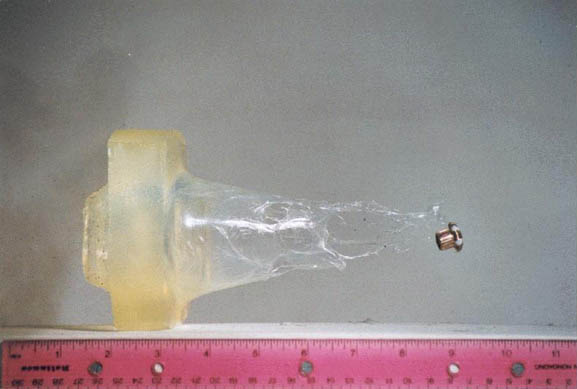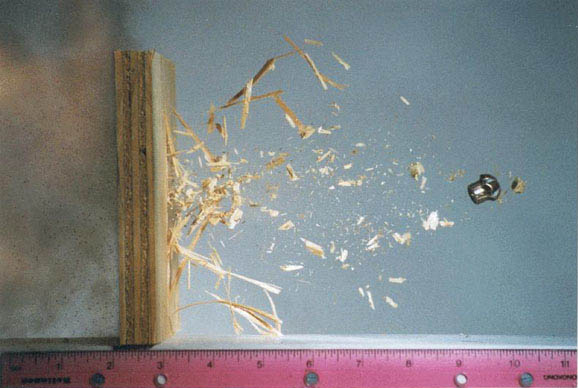Para Bellum
New member
In search for the perfect delf defense ammo (perferably in 9x19mm) I have found this:

The EMB, "EXPANSIONS - MONOBLOCK BULLET".
Looks like a great concept. Penetrates hard targets without expanding. Expands in soft targets. No hollowpoint. More info here.
Do any of you have experience with this ammunition?

The EMB, "EXPANSIONS - MONOBLOCK BULLET".
Looks like a great concept. Penetrates hard targets without expanding. Expands in soft targets. No hollowpoint. More info here.
Do any of you have experience with this ammunition?


